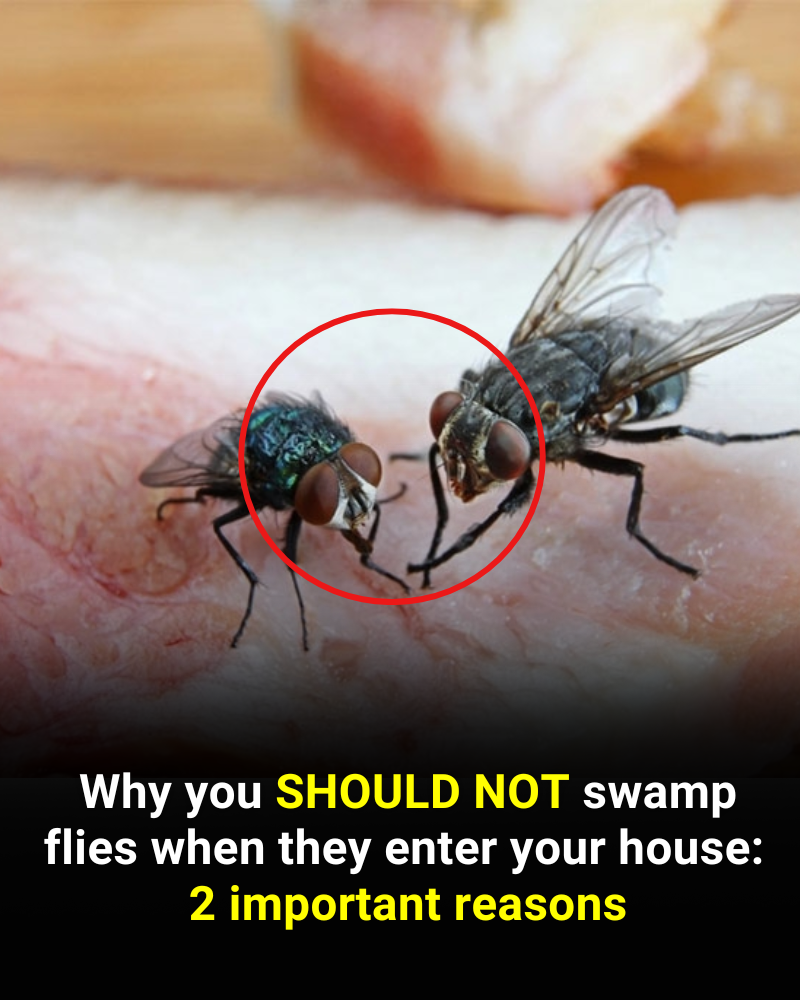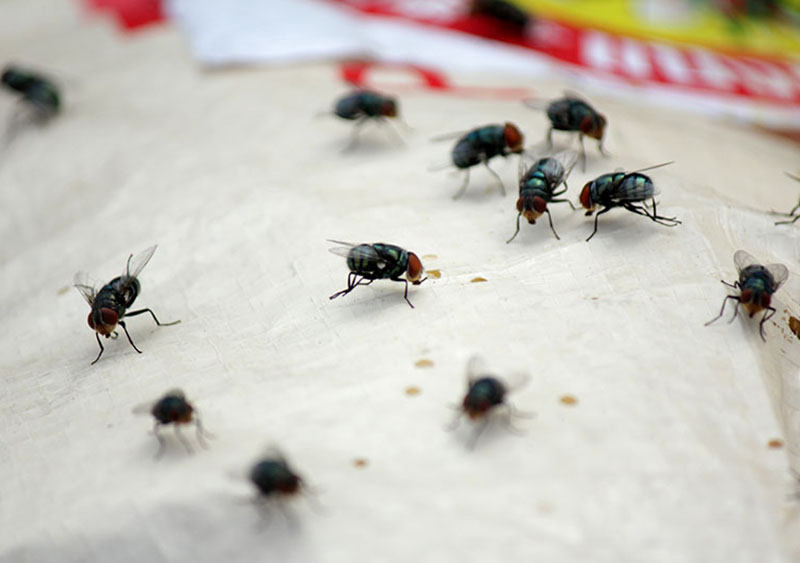
Swatting a fly or a big housefly is often an instinctive reaction. But doing so actually carries two main risks: spreading germs and attracting more insects due to the release of pheromones.
A better approach? Trap them with a glass and release them outside, or use natural sprays or mechanical traps. This way, your home stays cleaner—and free of unwanted guests.
We’ve all been there: a fly buzzes into the house, and the first thing you want to do is squash it. It might seem like the fastest way to get rid of the pest, but there are two solid reasons to reconsider. Let’s take a closer look.

Reason 1: Germs and dirt can spread
Flies and large houseflies are carriers of mold, spores, and bacteria. When you crush them on walls or furniture, you’re releasing those contaminants right into your environment, making your home less hygienic.
Flies in particular love to land on trash, drains, and damp surfaces—and they bring all that microscopic filth into your living space.
When their body comes into contact with countertops, tables, or pillows, the risk of contamination increases.
Depending on where the insect has been, it may be carrying bacteria such as E. coli or Salmonella—even if only in small amounts.
You might not see it, but every squashed insect can leave behind invisible microorganisms that are tough to clean up, even with a quick wipe.

Reason 2: Alarm pheromones can attract more insects
Many types of flies release chemical signals—like a panic alert—when they’re injured or killed. These pheromones can actually attract other insects, making the problem worse.
Especially during the summer or in rooms already prone to bugs, a dead fly can act like a tiny magnet, drawing in more pests and increasing the chance of a full-blown infestation.
The result? More flies hovering around the same area, often gathering near the carcass of the first.
What to Do Instead
1. Catch and release
Use a cup and a stiff sheet of paper:
- Trap the insect under the cup.
- Slide the paper underneath.
- Carry it outside and let it go.

2. Use plant-based sprays or natural repellents
Try sprays made with citronella, mint, geranium, or lavender. These won’t kill the bugs but will create a natural barrier to keep them away.
3. Mechanical traps
UV light traps attract insects and contain them without creating mess or spreading germs. You can also hang adhesive traps in key areas around the home.